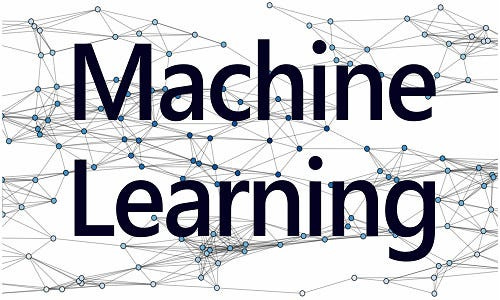Marketers Can Apply AI and Machine Learning to Inform Audience Decision Making
As digital strategies take over the marketing ecosystem, marketers need to know who to target and if promotional methods are working. AI and Machine Learning are changing the game.
With all the effort put into addressing cross-platform marketing and connecting the dots between store visits, website sessions, and transactions, match rates are thin, resulting in insights driven by a small sample of consumers that move transparently from onboarding to final purchase.
Marketers have reluctantly either settled for this reality or modeled out attribution forecasts based on the thin data they received by matching cookies. For anything less than a national brand and a campaign of six-digit spend, the results are directional at best and statistically inaccurate at worst. Lack of scale is the enemy of transparency.
One way to go is using the standard method of onboarding cookies to tie different devices, purchases, and website visits to an anonymous user profile. There are others, and they start by building campaigns around a singular, persistent consumer ID.
Through machine learning and AI decision-making, a persistent ID can be associated with marketing campaigns no matter when they occur. That ID connects served impressions matched against the original audience, website visits, store visits, and store purchases, all associated with a particular marketing campaign. Each audience event (a web visit, request for information, store visit, purchase, or absence of action by the audience) can be turned into a score that is then rated against the offline and online history of the profile for the persistent ID. As the campaign progresses, the history evolves, scores change, and the audience is automatically upgraded.
Components of the history can include deterministic data elements such as age, income, purchase and age information for homes, cars, and educational spending, as well as proximity to a storefront. This offline data can also leverage predictive data types, such as the likelihood of refinancing or purchasing a vehicle. These offline signals can be combined with the historical performance of online IDs for contextual relevance (i.e., visit an auto dealer site, home equity or remodeling contractor sites), click-through frequencies and time of day, and even the size and price of display ads viewed. Both online and offline signals are constantly being updated as hundreds of individual scores are attached to a household and device.
Creating a learning system capable of scaling all this information linked to households and devices requires constantly updating and refactoring each ID in a big data environment. Decision algorithms can be deployed against updates every fifteen minutes to rank audiences on demand. As updates are made, new audiences are informed and deployed.
Semcasting developed Smart Zones to address the need to identify households and devices at scale. The patented technology contains the method to map offline locations, including homes and businesses, to the associated IP addresses and devices. In this way, audiences can be based on deterministic offline data and mapped to their ISP delivery points. Turning digital transactions into a persistent ID informs us of that ID’s online media consumption, engagement, and commerce.
Website visitors, identified by their persistent ID, can be extended to their offline profiles to compare against offline campaigns or demographic attributes. For Semcasting, this process is known as the UDX (Universal Data Exchange), where a website visit is captured as an impression, and the metrics are linked back and scored to improve onboarded audiences, ad-server impressions, pages visited, locations, and devices.



